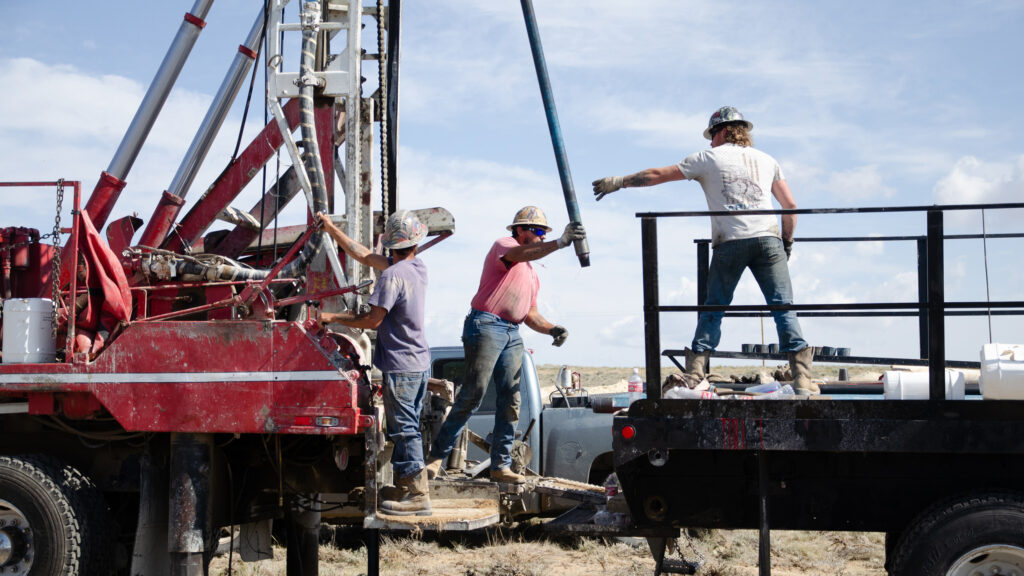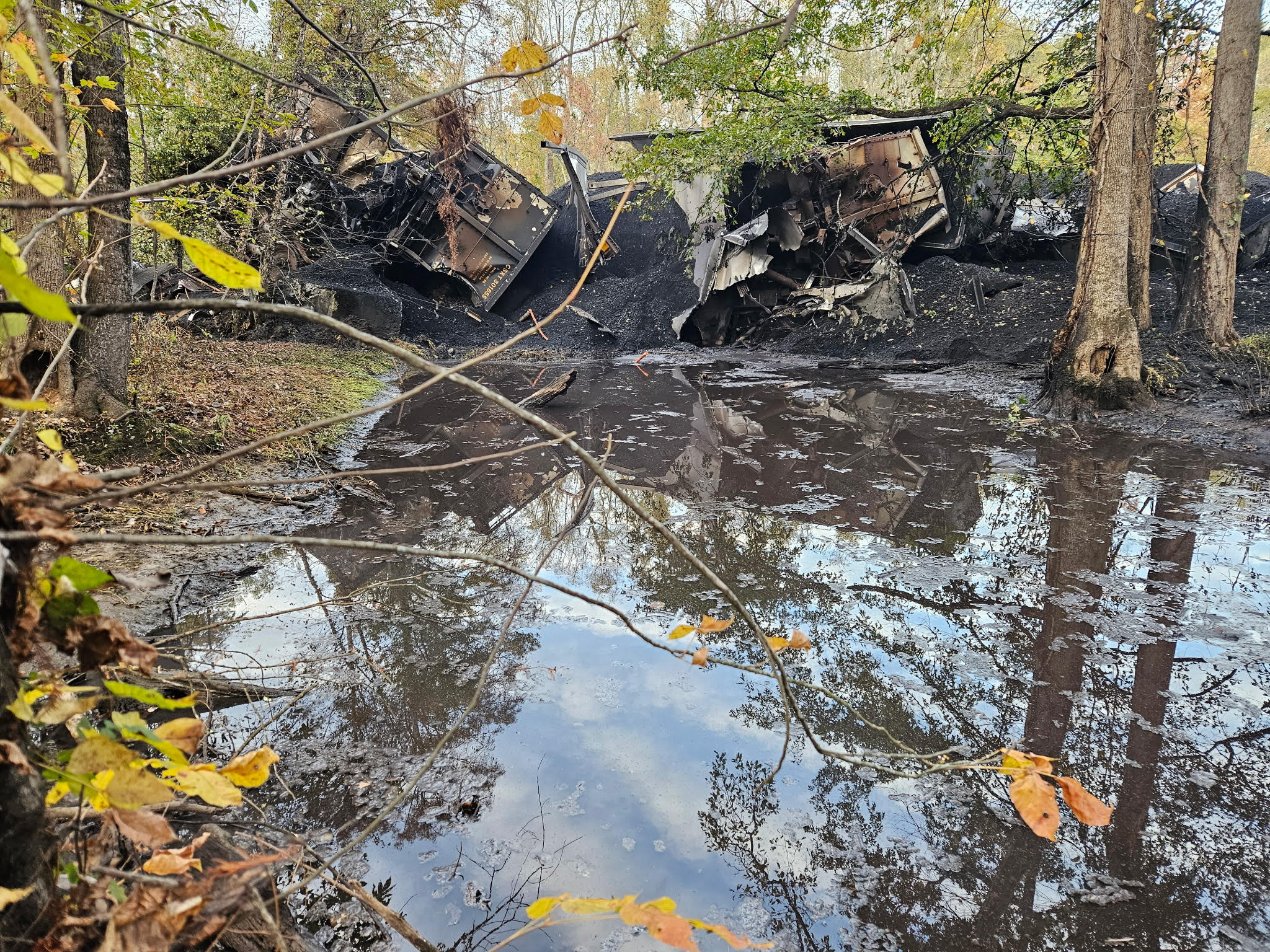An advance that might allow drones to retain high speed while avoiding collisions in cluttered environments has been reported by researchers at Durham University
A seemingly notable development in drone swarm technology, called T-STAR, in a paper published in an IEEE journal, the approach could improve the way unmanned aerial vehicles (UAVs) are used in real-world missions.
Drone swarms have long been seen as the future of applications such as search and rescue operations, disaster response, forest fire monitoring, environmental exploration, and parcel delivery.
Yet drones working in groups have conventionally struggled to combine speed with safety.
When navigating unpredictable surroundings, traditional systems often force drones to slow down drastically or risk collisions, limiting their effectiveness in urgent or large-scale missions.
The T-STAR system tackles these challenges by enabling drones to communicate and share information in real time, the system allows each drone to adjust its path instantly in response to changing conditions or the movements of nearby drones.
This appears to prevent collisions, keep formations intact, and ensure the swarm continues towards its goal with minimal delay.
Importantly, the technology achieves this without compromising speed. Tests have shown that swarms guided by T-STAR complete their missions faster and with smoother, more reliable flight paths than existing methods.
Lead author of the study, Dr Junyan Hu of Durham University, said: “T-STAR allows autonomous aerial vehicles to operate as a truly intelligent swarm, combining speed, safety, and coordination in ways that were previously impossible.
“This opens up new possibilities for using cooperative robotic swarms in complex scenarios, where every second counts.”
In practice, this means drones could one day be deployed more effectively to save lives during emergencies such as earthquakes or floods, to track and contain wildfires, or to deliver supplies in hard-to-reach areas.
The researchers also believe the technology has strong potential for everyday applications, from agriculture to logistics, where teams of autonomous flying robots could operate at an unprecedented level of scale and efficiency.
Publicity from the group highlights an “especially pioneering” capability of T-STAR as the balance achieved between agility and teamwork. Each drone operates with a high degree of independence, yet remains part of a coordinated network, much like birds in a flock.
“This approach gives the swarm both resilience and flexibility, ensuring it can adapt to challenges on the fly.”
The group suggest simulations and laboratory experiments demonstrate the superiority of the approach. They are now looking towards real-world trials in larger outdoor environments.


















